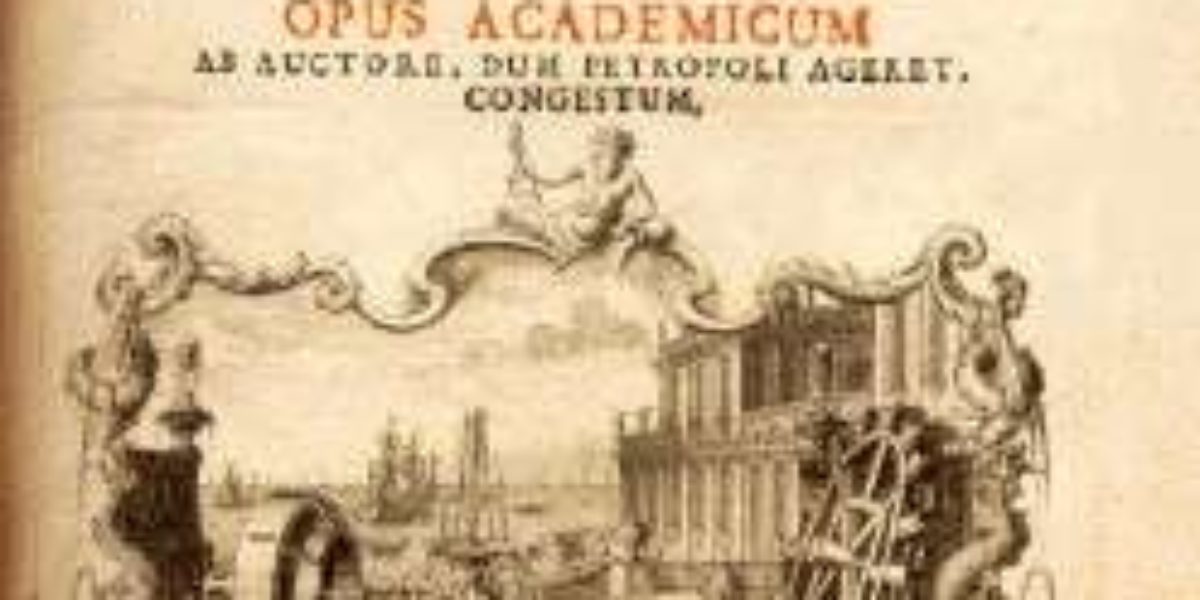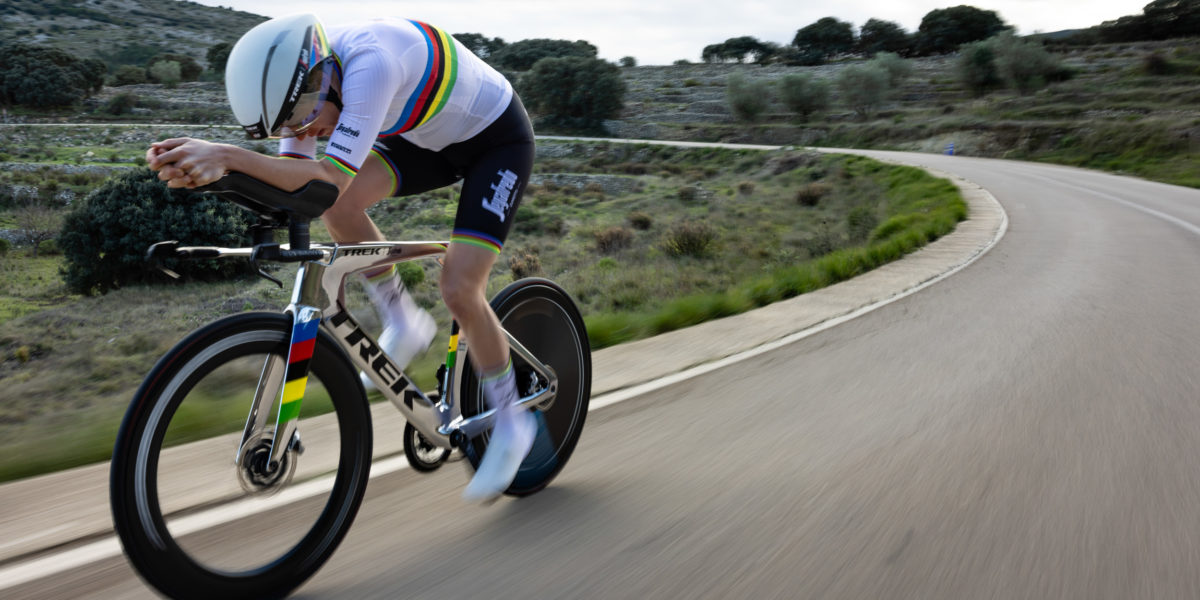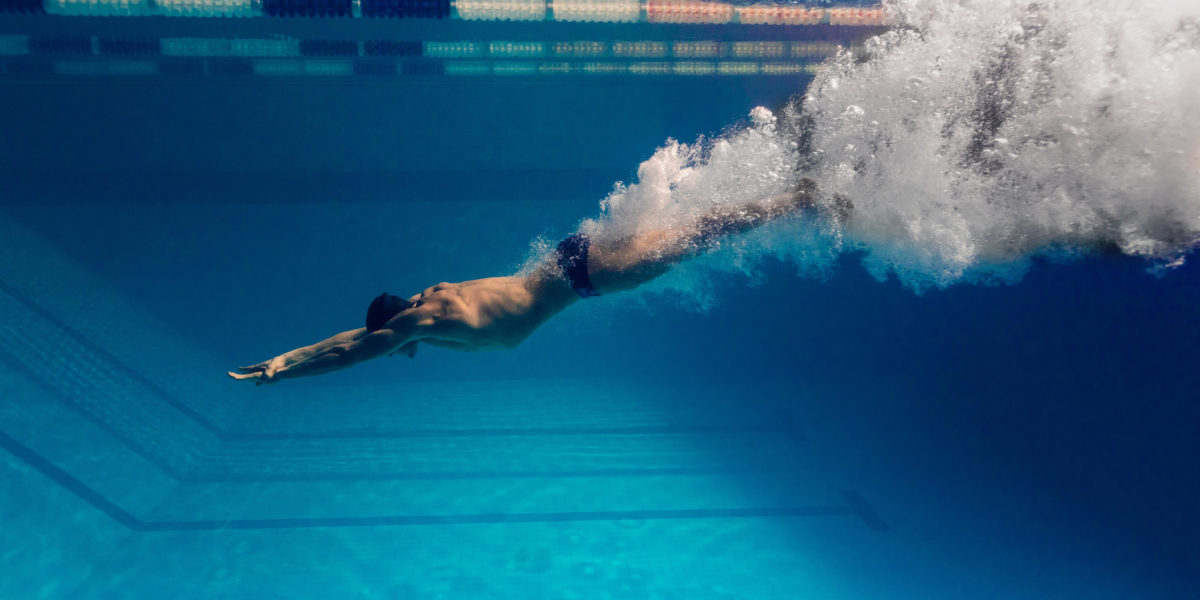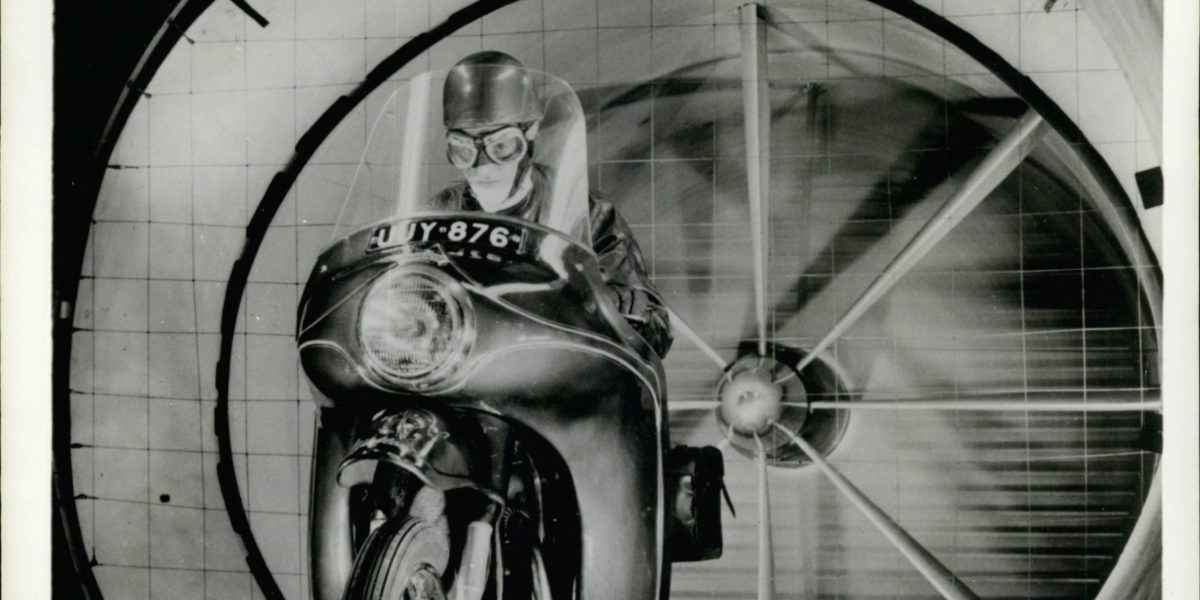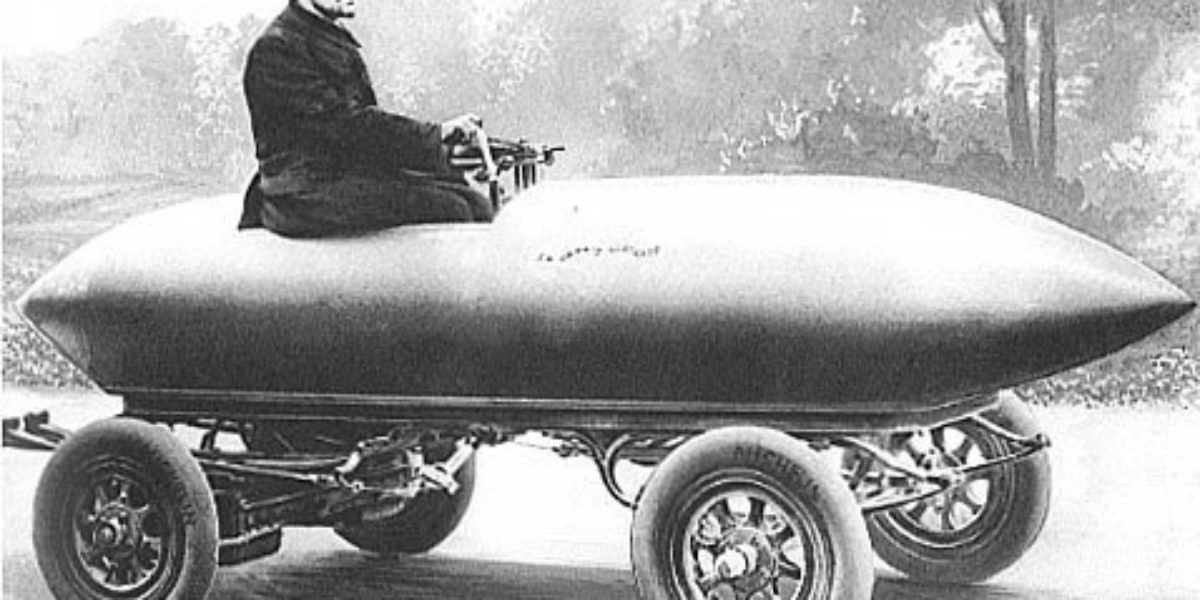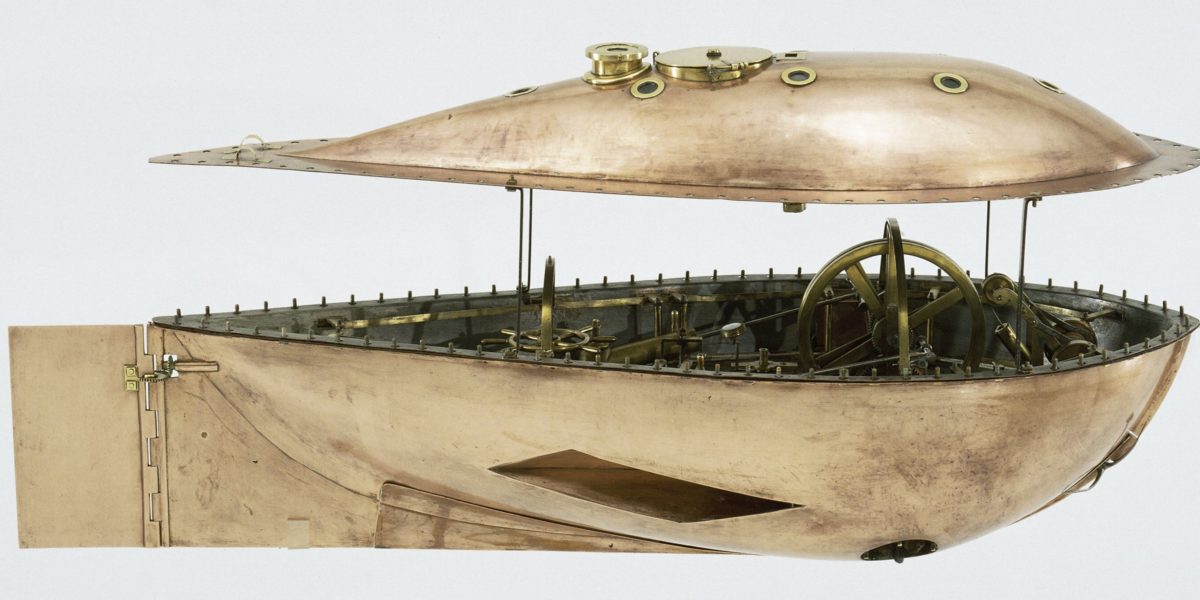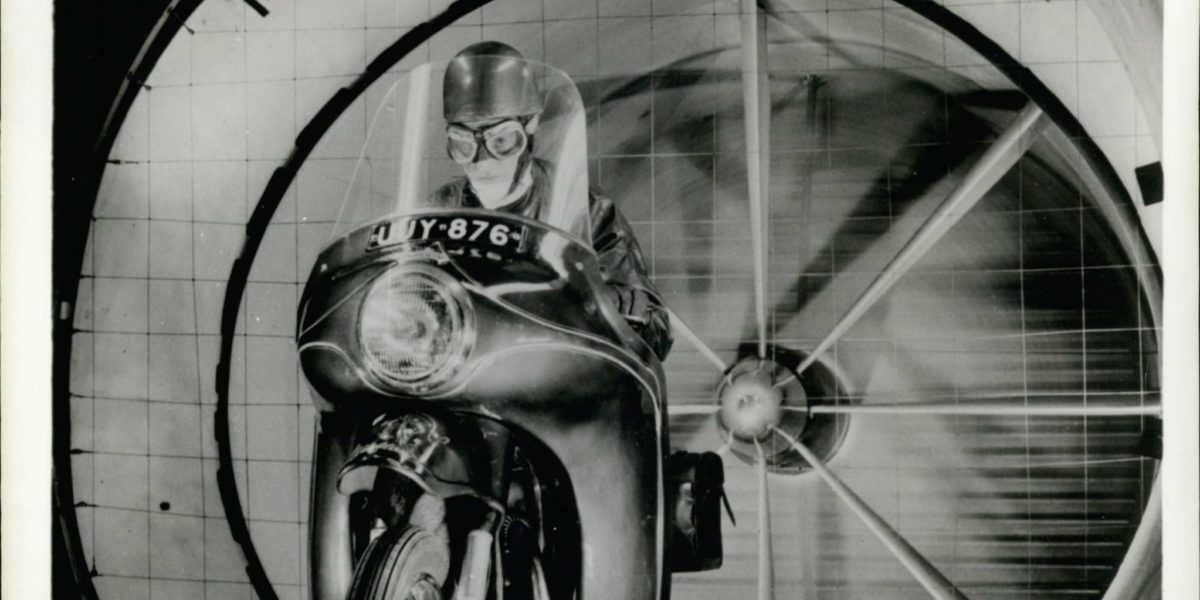For hundreds of years, a galloping horse was viewed as the epitome of speed. But this would change in the late nineteenth and early twentieth centuries. New inventions like the train, the car and the aeroplane meant that speeds that once seemed fantastical were becoming increasingly possible. This new potential for progress had a huge influence on art and popular culture.
A century on the move
Artists were looking for new techniques to express movement and speed, for instance by taking a snapshot of a fleeting moment. Moreover, with the new technology of film, you could
capture movement itself. The famous ‘snake dance’ by the popular dancer Loïe Fuller, for instance, lent itself well to this new medium. The swirling movement of this dance in turn inspired artists such as Raoul Larche.
Life gets faster
The romance of the car race – jousting for a new era – was a rewarding subject for a growing popular culture. Posters that announced car races and later the first streamlined trains show how movement became a theme for poster designers, who used bold lines and robust brushstrokes to suggest the unprecedented speed.
Futurism
Some artists took their interest in speed even further. In 1909, the Italian poet Filippo Marinetti launched a new movement with his Futurist Manifesto. With its glorification of violence and technology, its nationalism and its contempt for women, Futurism was a forerunner of the fascism which, 13 years later, would determine the fate of Italy and Europe. Through their art, the Futurists sought to express ‘our whirling life of steel, of pride, of fever, and of speed’.

Tullio Crali, Le forze della curva, 1930. Oil on paper. Mart, Museo di arte moderna e contemporanea di Trento en Rovereto.
